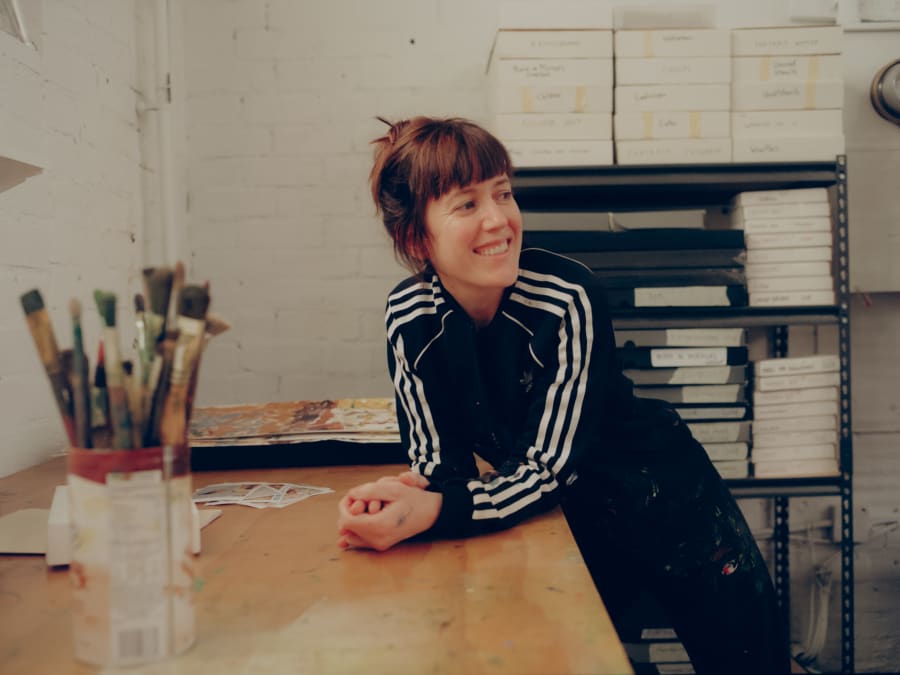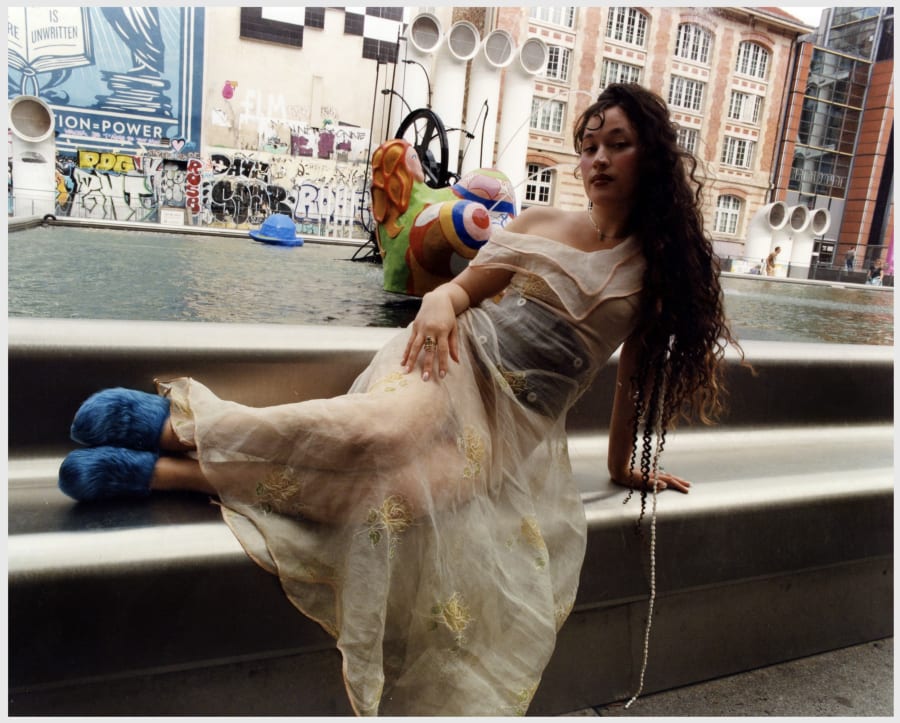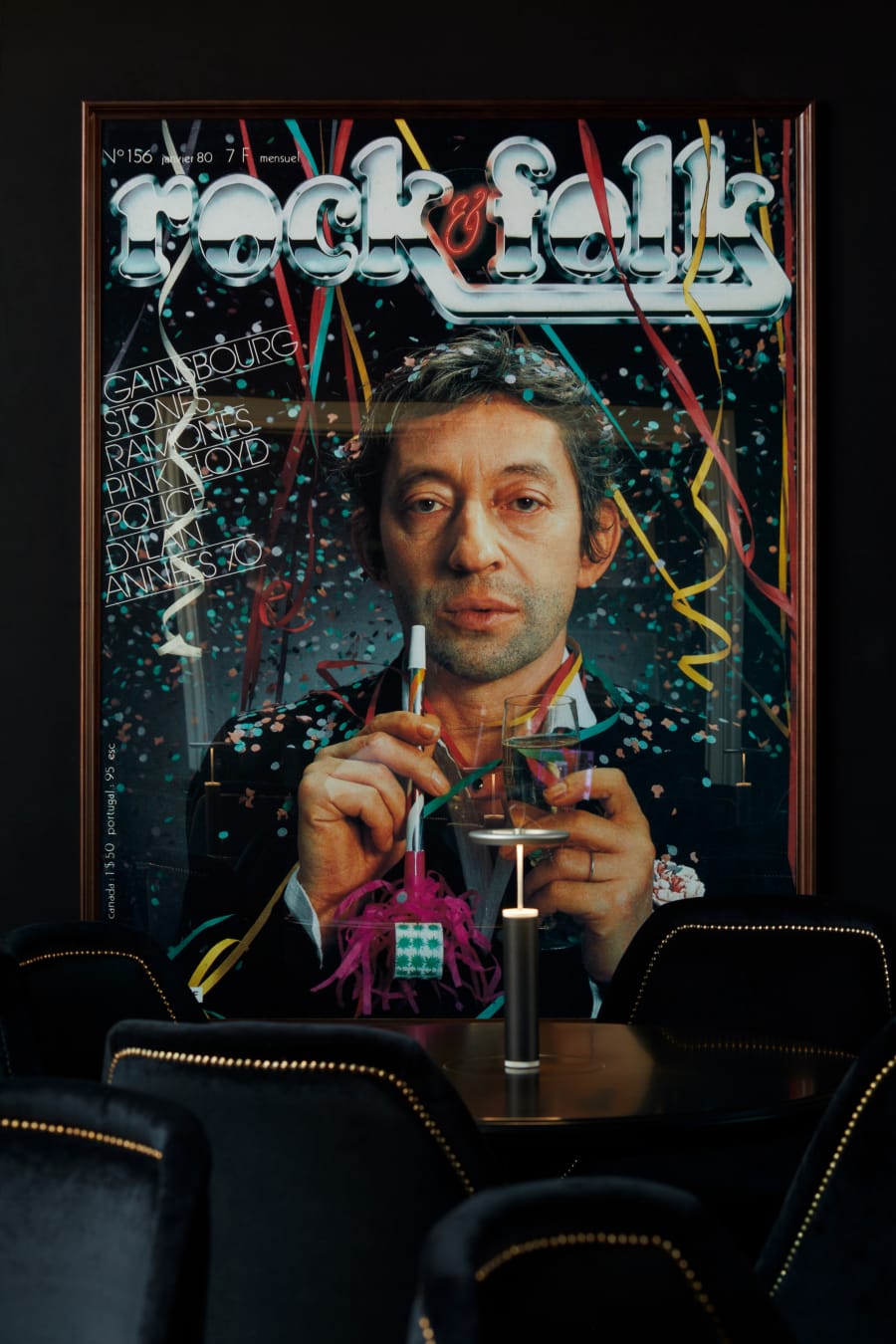The reopening of Notre-Dame de Paris has captured global attention, underscoring its profound significance far beyond France’s borders. When its roof was engulfed by fire in April 2019, there was an outpouring of grief worldwide. French President Emmanuel Macron’s ambitious plan to reopen it within five years was not only a promise to the French people – it was also a promise to the world. As the cathedral’s doors swing open once more, here are five remarkable facts that point to its extraordinary history – and future.
A national, not just religious, symbol
Notre-Dame is a titanic symbol of the Christian faith – but it has also been used as a place of republican ritual over the years, such as when Emperor Napoleon I was crowned there in 1804 and its bells sounded for the liberation of Paris in 1944. ‘The building has become completely immersed in national and Parisian history; major events have taken place there since medieval times,’ explained Jean-Michel Leniaud, an art historian and president of the Société des Amis de Notre-Dame de Paris.
The building itself bears the scars of French history. For example, during the French Revolution, zealous revolutionaries beheaded stone statues of the Biblical kings of Judah that lined the west facade of the cathedral. The missing heads were only rediscovered in 1977, in the foundations on a building site, and are now displayed in the nearby Musée de Cluny.
Victor Hugo’s novel inspired some of its architecture
Notre-Dame is seen as a chef d’oeuvre of medieval Gothic architecture. But it has been mutilated, damaged, and then restored in a patchwork of styles over the centuries, most significantly in 1843, when the architect Eugène-Emmanuel Viollet-le-Duc was given the task of restoring it. The novel, The Hunchback of Notre-Dame, had been published in 1831, and Viollet-le-Duc directly borrowed from Victor Hugo’s description of the cathedral for some of his designs. While some of the gargoyles do date from the 13th century, and served the practical purpose of draining rainwater away from the stone walls to prevent erosion, Viollet-le-Duc added the ornamental chimeras, or grotesques, that watch over the cathedral. And you can see Viollet-le-Duc himself if you visit the cathedral: he ‘signed’ his work by designing the face of the sculpture of Saint Thomas to resemble his own.
Contemporary stained glass windows
Many French presidents have left a physical legacy via cultural building projects. François Mitterrand built the iconic Louvre pyramid; the Centre Pompidou was the brainchild of Georges Pompidou; and Jacques Chirac built the Musée du Quai Branly. For Macron, it would be the case of leaving his mark on one of Paris’s greatest monuments: Notre-Dame. Although the cathedral’s stained-glass windows, designed by Viollet-le-Duc weren’t damaged in the fire, in December 2023 Macron announced that they would be replaced with contemporary designs. There was a huge backlash to the idea, including a petition that garnered more than 240,000 signatures, demanding, ‘Who gave the head of state a mandate to alter a cathedral that does not belong to him personally, but to everyone?’ But an open call to find an artist for the windows was launched anyway at the beginning of 2024, and the French artist Claire Tabouret was chosen in December by the special artistic committee led by Bernard Blistène, former director of the Musée d’Art Moderne de Paris. Her project, featuring vibrant hues of turquoise, yellow, pink, and red, depict groups of people in prayer, symbolizing unity and hope. Tabouret will team up with the studio of Reims-based glassmakers Simon-Marq, and the new stained-glass windows should be installed in 2026.
Archeological treasures
The cathedral’s renovation provided the perfect opportunity to conduct excavations. One of the discoveries were sculptural fragments from the old rood screen, the ornate partition between the choir and the nave. Some of the pieces still had polychrome traces dating from 1230 – an incredible find. But archeologists didn’t dig throughout the entire site. ‘The decision was taken to not excavate the whole building – which annoyed archeologists! But I think it was a good thing. It would have taken infinitely longer; the cathedral would have been closed for decades,’ said Leniaud. ‘And it means that we can finish it off in 50 years’ time, when we’ll have even better techniques.’
There’s a forest inside
The fateful fire of April 15, 2019, broke out in the attic of the cathedral – a space latticed with more than 1,300 pieces of timber that date from when the cathedral was built in the 13th century. Each of these wooden beams is made from an individual tree, giving this space its nickname, ‘the forest’. The medieval technique of working with freshly-felled, ‘green’ wood almost died out in France, before an association called Charpentiers sans Frontières revived it in the 1990s, but there are very few carpenters who know this skill. They also had to find 1,300 oak trees from around the country that were as close as possible in appearance and composition to those used 800 years ago.
Catherine Bennett is a journalist based in Paris who writes about art, travel, and culture. She has written for The Guardian, The Washington Post, Apollo, and the BBC.
Caption for header image: (November 2024) Fourteen days to go before the cathedral reopens… David Bordes © Rebâtir Notre-Dame de Paris.
Published on January 9, 2025.


